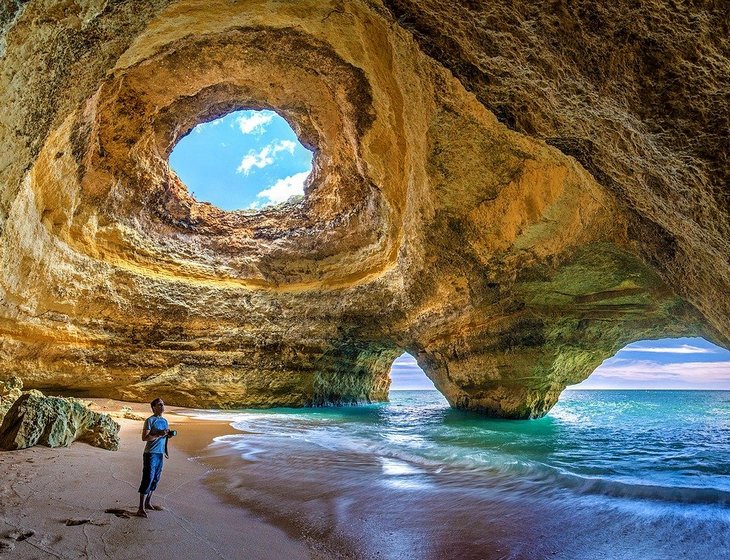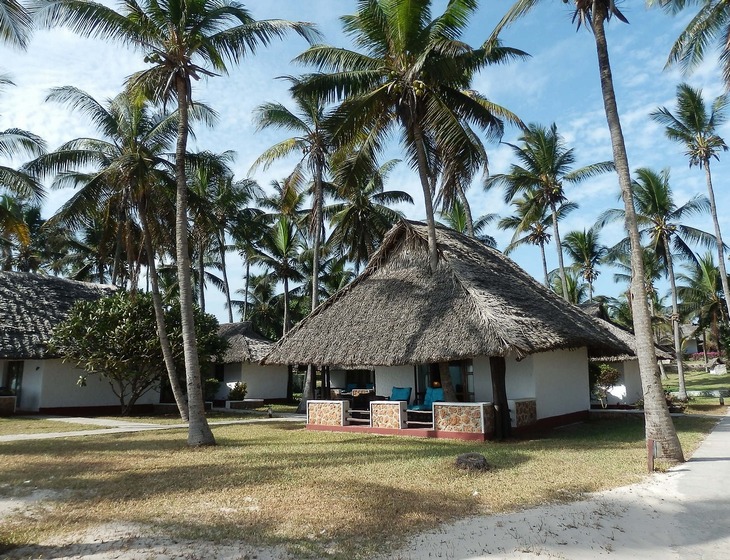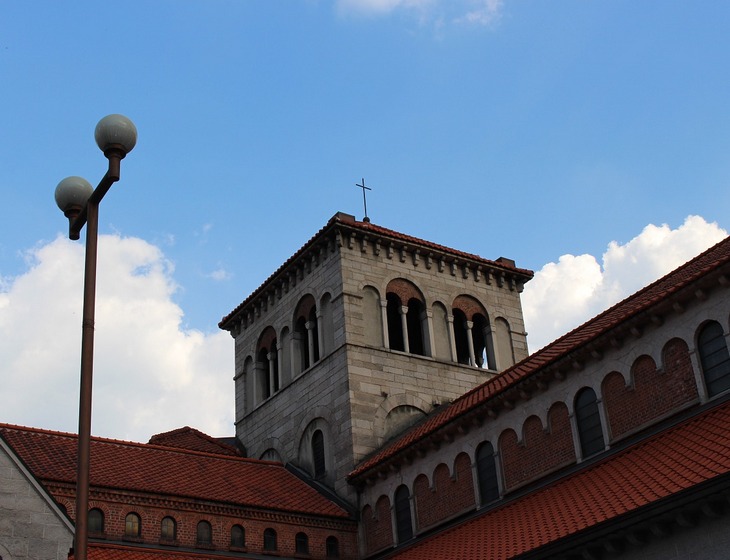The large cave is a natural formation in limestone rock with a deep lake inside. The smaller cave is a cramped man-made “bag of rocks. After the official abolition of the slave trade, slaves were secretly kept in Mangapwani. From here, slaves were taken to India and Arab countries. In the big cave the “live goods” were taken away, and in the small cave they were kept in terrible conditions.
The island of Zanzibar is famous for its beaches and carefully protected nature. The best beaches of Zanzibar are located in the southeast, but there is also one beautiful place in the north, which is definitely worth a visit. It is a beach “Mangapwani” – a palm-fringed paradise with white sand and the gentle whisper of the ocean waves. In addition to beach recreation, there is an attraction here that deserves your attention. Will you rest here, be sure to visit the caves Mangapwani – a monument to the tragic past of Zanzibar.
The caves are two grottoes, one of which was created by nature itself, and the other by human hands. These caves used to store “live goods” when the slave trade flourished in Zanzibar. Even though slavery was abolished in Tanzania in 1873, the slave trade was still conducted under the table, illegally. It was then that the slave traders turned their special attention to these caves. The natural grotto, quite spacious, was further enlarged, and the same slaves dug a second cave here as well – by order of their masters.
The first cave is of natural origin, and there is even a deep lake inside, which is where the slaves were supplied with water while they were “kept” in a nearby cave. The artificial cave, on the other hand, is a rather gloomy structure, dug in the ground and reinforced by several posts. On top of this cave, in order to allow the people inside to breathe, there are several ventilation holes, they are hardly visible above the ground.
The columns and pillars inside the cave were supported by a platform which divided the height of the cave roughly in half. Fifty people could be seated under the platform and an equal number more on it. But we should not think that they were provided with any facilities – people were sitting, standing and lying on the wet ground in great cramped conditions.
The location of the Mangapwani caves on the seashore gave the slave traders great advantages.
The slaves could be loaded directly from here into the ships that docked at the shore. The ships (mostly cargo ships) transported them to slave markets in India and other Arab countries. If a slave trader “coped” in time, the local authorities could not charge him, because the slaves were already on a ship of another country. Today, the caves of Mangapwani are a local landmark and a reminder of the tragic past of these lands. Tourists are given tours and told about the history of the slave trade, its abolition and the struggle for freedom and independence of the locals.


